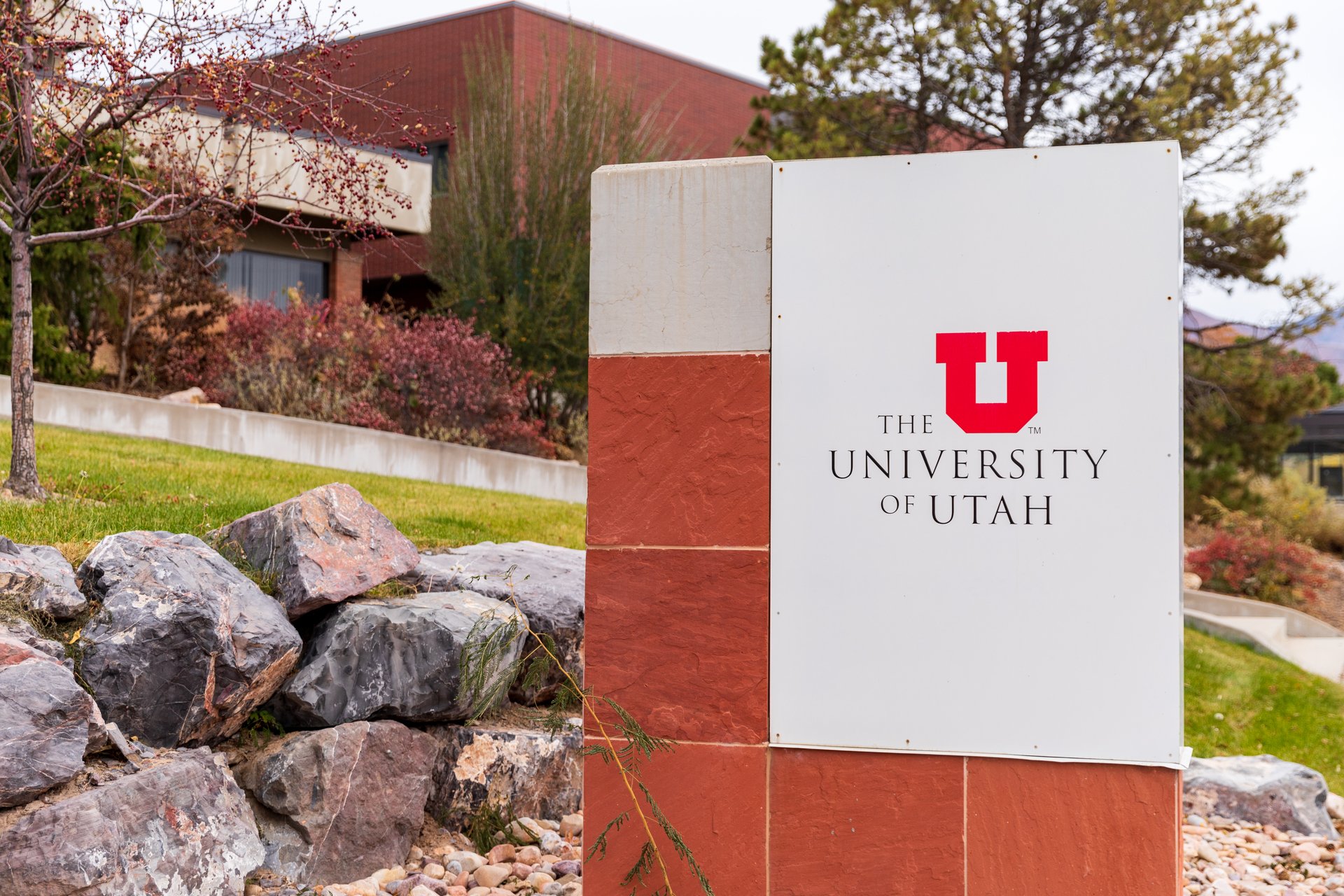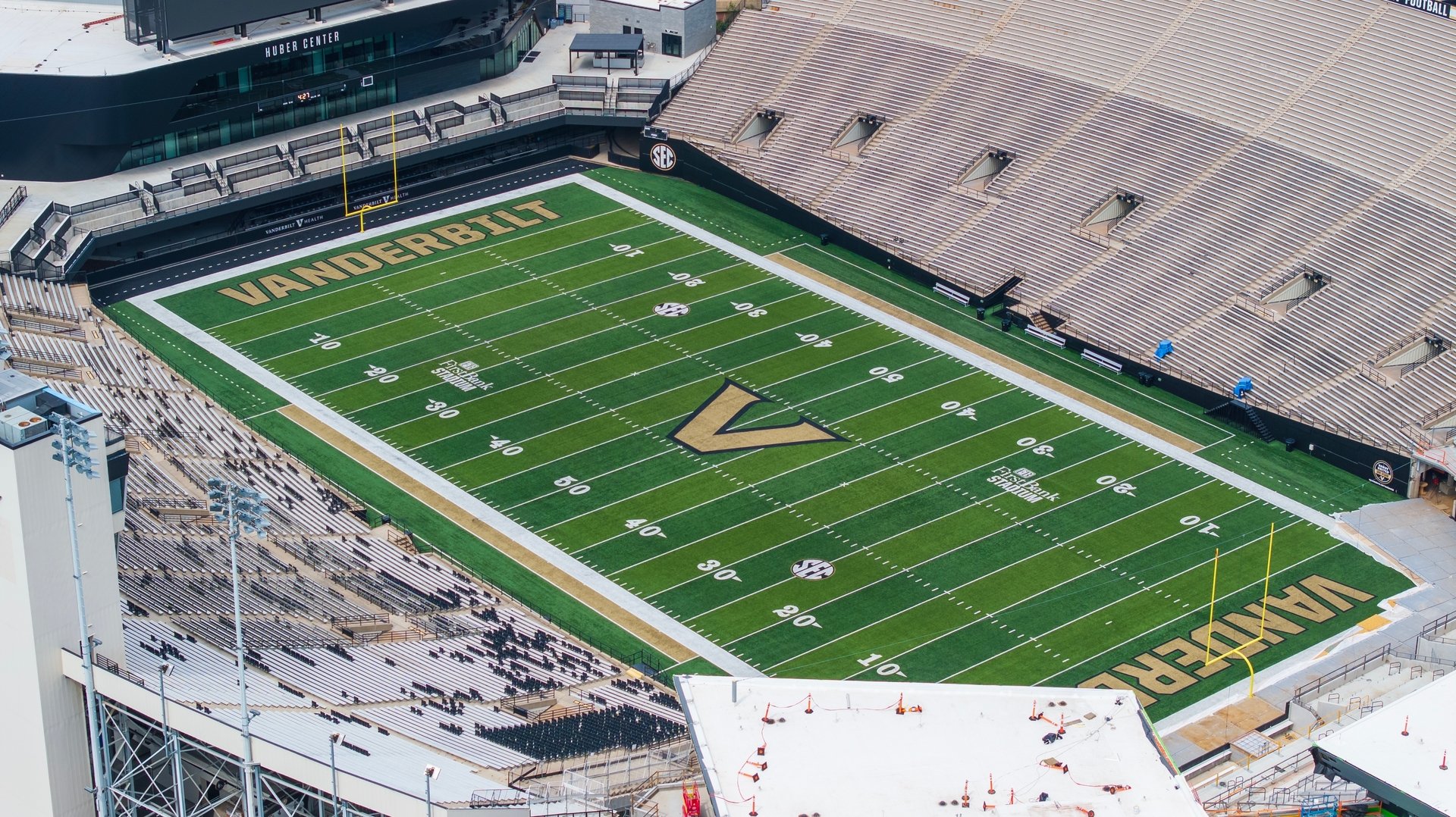Good morning, and thanks for spending part of your day with Extra Points.
Two quick notes before today’s #take.
First, if you’re thinking about getting an Extra Points shirt, I highly recommend you grab one today, or at least, very soon, since I cannot guarantee they will be available after this week. That isn’t to say that t-shirts, generally, are going away, just that these specific shirts will not be here forever. You can grab yours, made by our friends at Homefield, right here.
Buying a shirt does help support the financial viability of Extra Points, but the best way to show your support is with a subscription. A subscription gives you four newsletters a week, and access to the Extra Points Discord Room, hosted by our friends at the Moon Crew. You can grab a subscription for just $7/mo, or $70 for the year. I’ll even throw in an Extra Points sticker for free, while supplies last:
My friends at both Moon Crew and Homefield are celebrating the unlikely 1-0 Indiana Hoosiers, who finally won one of those close games against elite competition that they’ve become so famous for almost winning. With the win over Penn State, the Hoosiers have rocketed up to 18th in the latest AP Poll, rarified air for a program that has been fortunate to sniff the Also Receiving Votes section over the last twenty years.
The AP Poll doesn’t decide who wins a national title. I don’t even think there’s good evidence to suggest it informs the College Football Playoff rankings. But I am happy to step out on a limb here from my internet friends.
Even here, in the Year of Our Lord 2020, I still think the AP Poll matters. Here’s why.
The AP Poll can’t be worthless if schools and coaches keep getting paid because of it
According to USA TODAY, four different coaches earned financial bonuses because of where their team ranked in the final polls (Florida, Utah, Iowa, and Missouri). That’s nearly $300,000 in combined bonus money alone, and plenty of other coaches have poll-related incentives in their contracts.
But it’s not just coaches that get paid from the polls. It’s pretty common for athletic departments to have poll-related incentives in their apparel contracts. At FAU, for example, if the football team finishes in the “Top 25 in the Final Rankings”, Adidas pays the athletic department $25,000 in cash, not shoes. Arizona State’s Adidas contract calls the department to get payouts if the football and basketball teams crack the top ten in any season, or if football cracks the top 15 two seasons in a row. Bowling Green’s Athletic Director gets a $10,000 bonus if the football team finishes in the Top 25. The list goes on and on.
Generally, are these massive amounts of money? No, especially compared to the revenue from base coaching salaries, ticket revenue, media rights, etc. But five thousand dollars is still objectively a lot of money, especially compared to the whopping zero dollars awarded to the players actually playing the game.
To be fair, Poll incentives aren’t in every contract I’ve read, and some of them just claim “rankings'', so it isn’t clear if they’re talking about the AP Poll, Coaches Poll, College Football Playoff Rankings, the Reddit Blog Poll, or whatever ranking gets them out of having to pay the bonus.
But even if they’re only in a portion of contracts, and even if the dollar amounts are comparatively small, these are still chunks of real, American dollars tied up explicitly to the results of these polls. So the polls literally can’t be worthless. Depending on your agent and your athletic apparel provider, they might be worth tens of thousands of dollars.
The AP Poll is also our only continuous connection to the past
I’ve written lots of times that the big questions in college football have remained mostly the same over the last 150 years. We’re still fighting about the role of college sports and education, about how we should define amateurism (or if we should at all), about various regional biases in a fiercely regional sport, etc.
But a lot about the actual sport has changed quite a bit. The gameplay rules are different. The postseason rules are different. The roster sizes are different. Who was allowed to play college football was defined differently. In many ways, a football game from the 1920s would not even be recognizable as football today.
One of the only continuous threads that run from the 1930s all the way to today is the AP Poll. The format has been tweaked a few times over the decades (it started out as the AP Top 10, not 25), but the essential format, of writers and editors across the country voting and ranking teams, has remained constant.
If you’re interested in college football history, that makes the AP Poll a really useful tool. It’s one of the best ways to examine how the public, or at least, the media, felt about the quality of a particular team at that particular time. It provides context to upsets, schedule strength, and win-loss records. It can help us tell a story that pure box scores can’t.
Here’s a good example, via my buddies at the Banner Society:
When the AP crowned 1983 Miami over a superior Auburn that’d handled a far harder schedule and had a large transitive win over the Canes, that placed a time capsule for us years later. Now at a glance, we can see the narrative power of the final play against Nebraska, the Canes spending the season quietly stalking the Huskers, and Miami’s rags-to-riches arc.When you combine that time capsule with what smart math and clinical historians later added (I tend to side with those who favor Auburn here), you have a complete story. It’s not like Miami was a bad human choice! Miami was a revealing human choice that communicated a lot about how people viewed a season in real time.…We can use it to help point us toward the biggest game in Tulsa history (the 1942 Golden Hurricane came a late touchdown against Tennessee away from a legit natty claim), most overrated team of 1979 (Michigan State), most difficult-to-rate school in the country (without question, it is Auburn), most consistent team of the 1990s (you’ve heard FSU’s AP Poll stats many times), and so on forever.
Does the AP Poll have problems? Of course! Perhaps the biggest? There are too many dang games for most voters to track!
Back in the 1930s, when the AP Poll first launched, we didn’t have cable television. National radio broadcasts were only a little over a decade old. Jeff Sagarin and Bill Connelly weren’t born yet, and even official box scores were occasionally questionable. For many voters, they simply had no practical way of following out of market action, and no universally adopted advanced stats system.
So sure, we can learn a lot from looking at this early poll from November of 1936. The “Second Ten” is what we used to call “Also Receiving Votes”, and honestly, I kinda like that format better.

I mean, it’s great to have a historical receipt that shows that once upon a time, Northwestern could be ranked atop a college football poll. It’s funny to see Marquette, who does not currently sponsor football, ranked above Alabama, a school that I’m told takes football pretty seriously. It’s funny to see Holy Cross ranked above Ohio State. And of course, even the polls rising from the primordial ooze of college football overrated Notre Dame.
But how many of these voters had seen a Holy Cross game? Or a Santa Clara game? Or even listened to one? With cross country travel expensive and cumbersome, the answer is, probably not very many!
The AP voter pool is larger and more geographically diverse than it was in the 1930s, and we have more sophisticated tools to better evaluate games, but many of those problems remain. A beat writer covering a 3:30 kickoff is likely going to miss most of the action that gives off at noon, as he’ll be traveling or focusing on pregame coverage. After the 3:30 game concludes, he’ll need to conduct interviews and file a story, missing much of the primetime football. After a long day, will everybody stay up to watch an out-of-market Pac-12 game after dark? No.
That isn’t a criticism. A beat writer’s responsibility is to serve the readers of that market, not necessarily to become an expert on the Sun Belt or Mountain West in order to cast a slightly more informed ballot. But that means that when it’s time to vote, many modern voters will struggle as their colleagues from the 1930s did. They’ll have to vote off of box scores, highlights, and press clippings. With time in short supply, and with outlier votes routinely mocked on social media, the temptation to fall into a sort of GroupThink is strong.
This is not an argument that the current system is perfect. Only that it has value.
If I was the college football universe czar, I’d prohibit coaches and athletic departments from collecting financial bonuses based on anything any journalist wrote or voted on, if only to eliminate even a whiff of a conflict of interest. And I suspect we’d get “better” historical votes if the poll incorporated more voters that were freed from beat writer responsibilities on Saturdays, perhaps some with an analytical background. I’d also argue that our current system, where the collective “wisdom” from us pencil-pushers has nothing to do with declaring a national champion, is unquestionably an improvement.
But I still think it matters. It matters if you’re a fan of Indiana or Coastal Carolina, as you now have a historical marker, etched in the permanent spreadsheet of the skies, that shows if only for a moment, your football team was judged as superior to that of bluebloods like USC and Oklahoma. It matters for SMU fans, who can take pride in knowing their formally banished program has grown enough to stay in the rankings after a tough loss. And it’ll matter for all of us years from now, once we’ve forgotten what we thought we know about Week 8 of the 2020 season, to look back at the historical record. To give us a chance to laugh at what we got hilariously wrong, and also to crow over what we got right.
Am I advocating for you, the fan, to get #mad #online if a single beat writer ranked your team eight spots below his peers? No. I’m somebody who basically built a career in caring about college athletics esoterica, and I can’t summon emotional energy to argue passionately about POLL DISRESPECT. I can’t recommend it to anybody else.
But I’ll happily defend the institution of the AP Poll. It’s far from perfect. It occasionally produces goofy results. But I still think it has value. And if you ever go combing through the depths of college football history, I think you’ll find it has value too.
Thanks again for your support of Extra Points. If you enjoyed this newsletter, why not share it with your friends? And if you really enjoyed it, why not subscribe, to help support Extra Points and keep it going?
Questions, comments, story ideas, hot takes, business inquiries and more can be sent to [email protected], or to @MattBrownEP on Twitter dot com.

The Intercollegiate and Extra Points are proud to partner with the College Sport Research Institute, an academic center housed within the Department of Sport and Entertainment Management at the University of South Carolina. CSRI’s mission is to encourage and support interdisciplinary and inter-university collaborative college-sport research, serve as a research consortium for college-sport researchers from across the United States, and disseminate college-sport research results to academics, college-sport practitioners and the general public. You can learn more by visiting CSRI’s website.


















